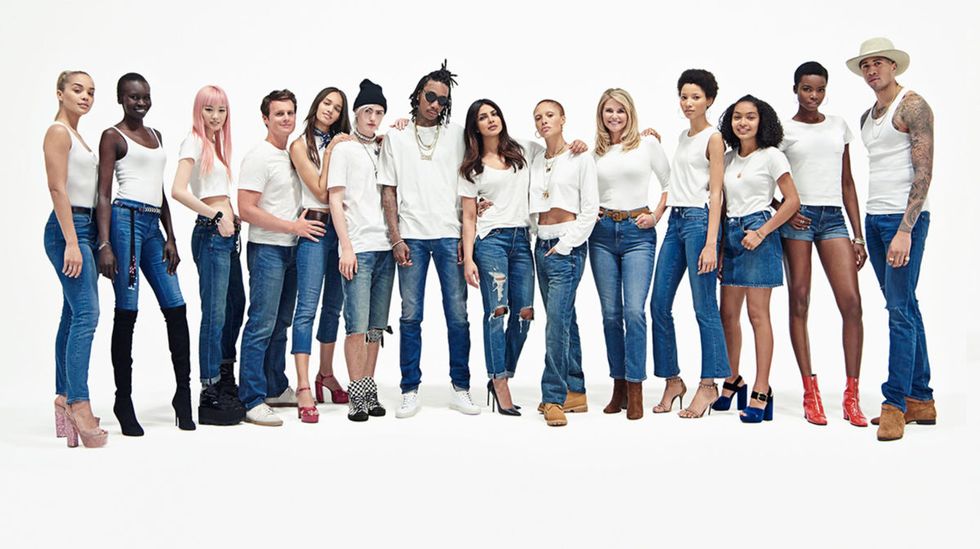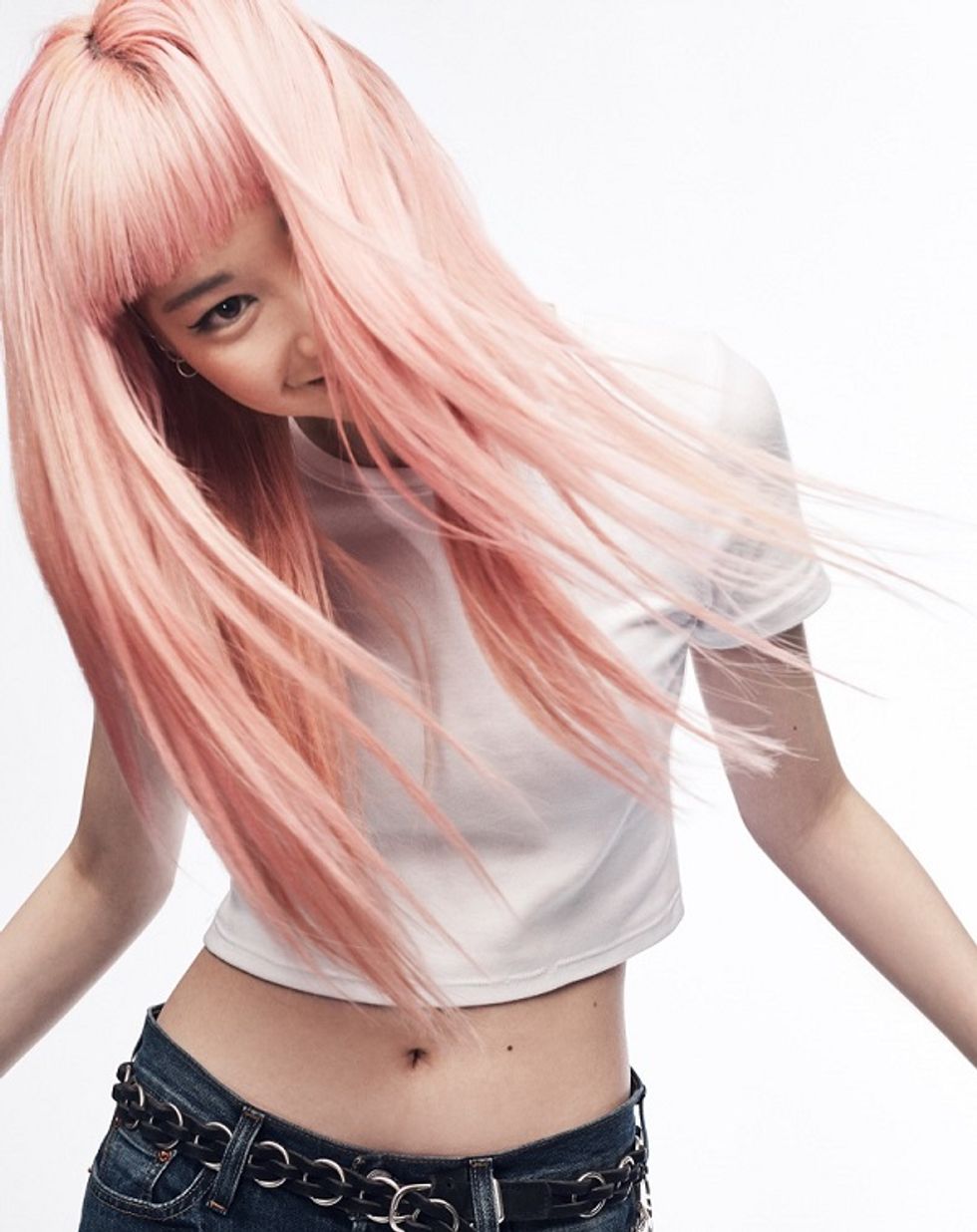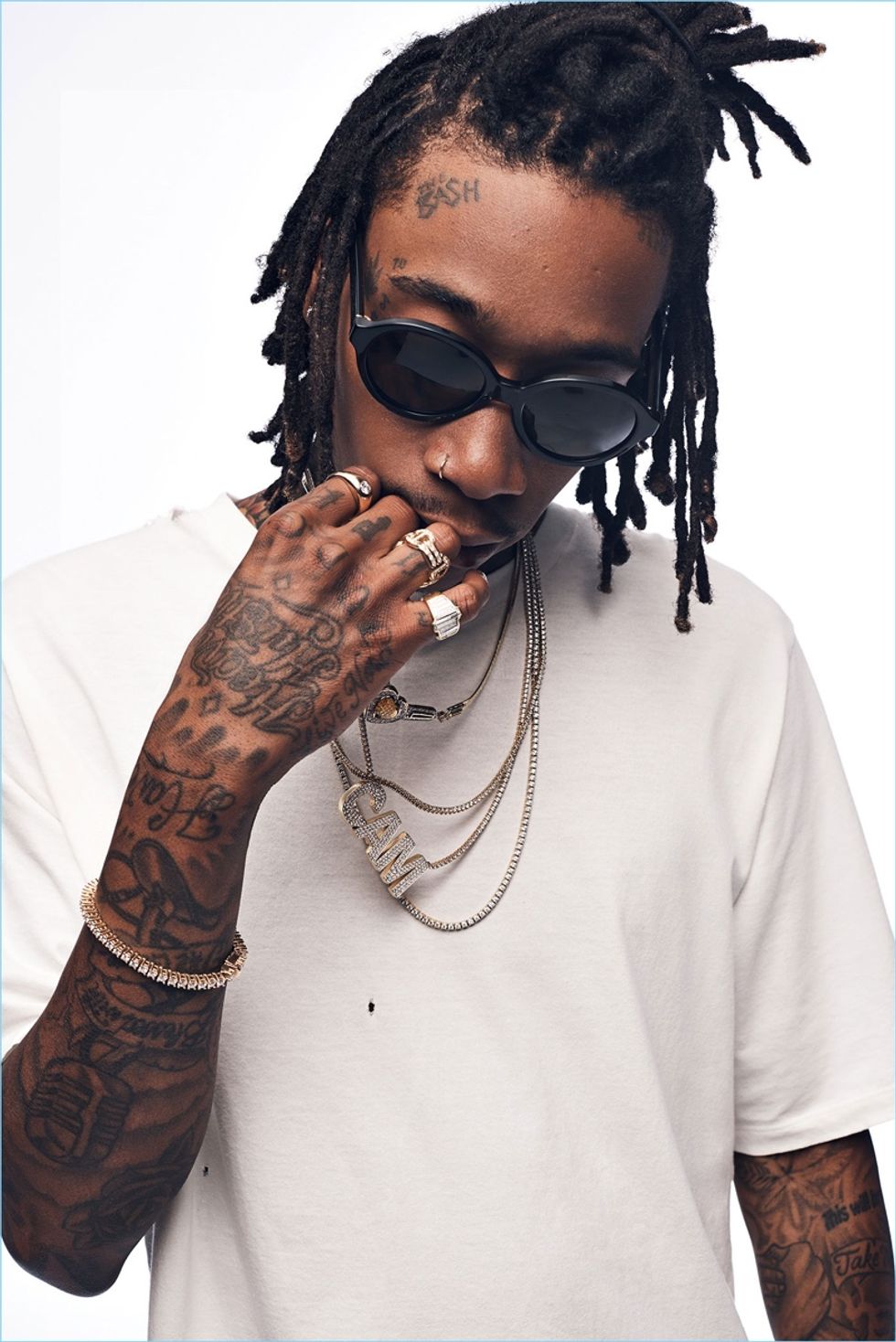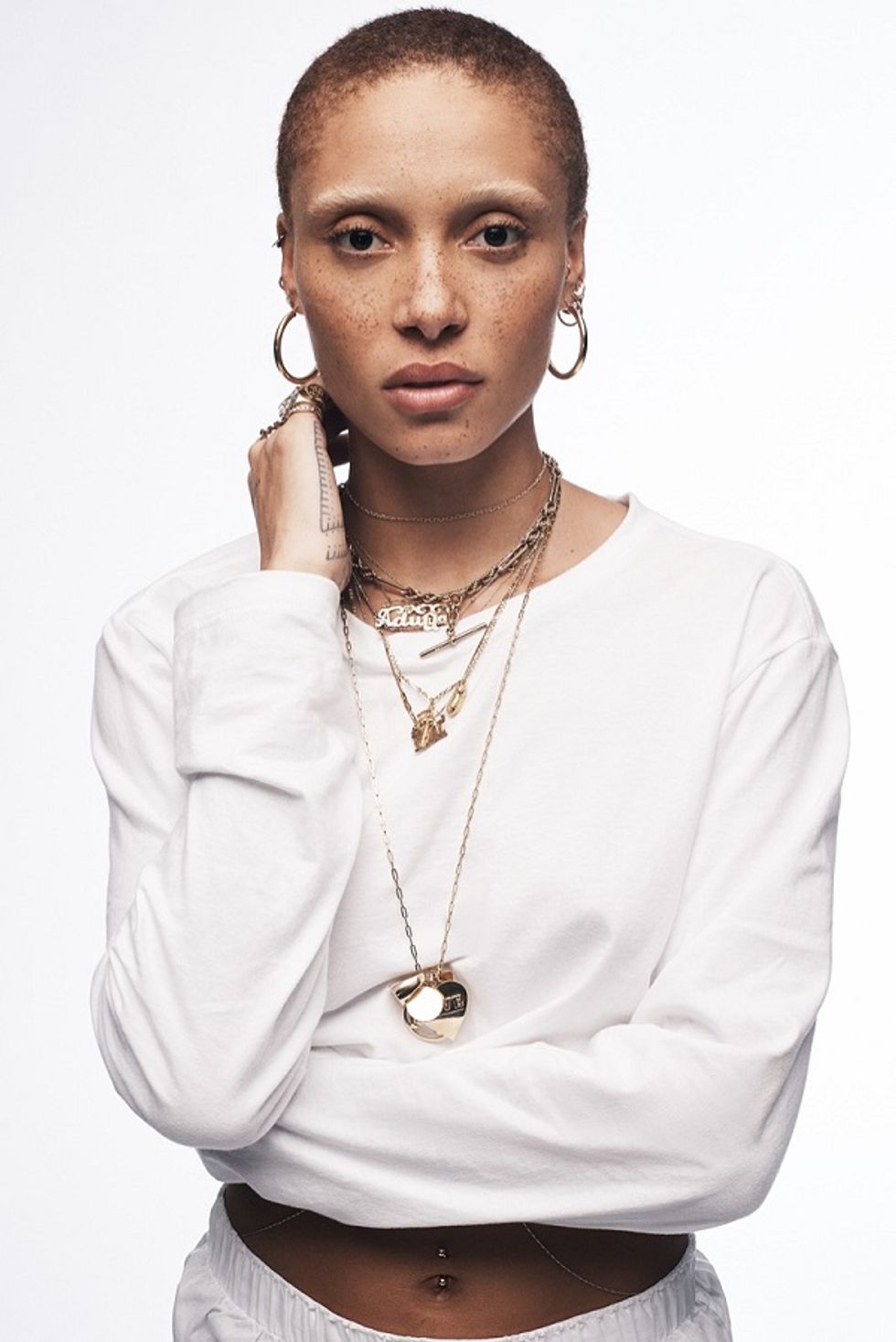GAP has recently introduced their new “Bridging the GAP” campaign, directed by Edward Enninful and aiming to celebrate diversity and individuality. Last week, GAP released a short video featuring celebrities and familiar faces such as model Christie Brinkley, actress Priyanka Chopra, and rapper Wiz Khalifa, to name a few. The video shows the stars dancing and singing along to “Sunny” by Boney M, clad in GAP’s signature white t-shirt and jeans.
"This project is about authenticity and people living their truths," says director Enninful.
While each and every effort to celebrate diversity and to break down racial and ethnic barriers -- especially in the realms of fashion and beauty -- is appreciated, it is impossible to ignore the fact of the “trend” that diversity has become. It is apparent that mainstream media -- and particularly speaking, the fashion industry -- holds simply a business-like approach to the issue of diversity and the discussions surrounding it today. In this way, diversity is exploited as a tool to foster a company’s image, without sincere care or genuine regard for the issue. This is not to say that all “diversity campaigns” are artificial and surface-based -- but the overwhelming majority of such campaigns are not actively present in the cause they are so quick to plaster across billboards and storefronts.
What has now become a trendy marketing ploy may appear heroic and groundbreaking at first glance; companies boast of their role as “activists” and “change-makers”. But the cold truth is that they are all simply featuring the same cycle of high-profile faces over and over, putting up a front for a “good cause” just in order to gain profit. Because it’s “cool”, because it’s “in,” industries feel obligated to position themselves in the midst of the debates surrounding diversity today. They feel forced to keep up with the times, to stay current. And so they force-feed us consumers images of polished models and our favorite celebrities to try and distract us from the lack of real meaning or impact the campaign has.
In no way is the GAP campaign the sole offender of this industry flaw. There is nothing specifically or glaringly wrong with the GAP campaign itself. But it raises the issue that has been slipping past the American consumer’s view for far too long, serving as an example of the countless other mindless campaigns like it. It’s all about faces, names, money, and branding. What’s lost is the crucial and inimitable topic of reversing how the world views diversity, and how we perceive both ourselves and others around us.
Watch the "Bridging the Gap" video here: https://www.youtube.com/watch?v=-Cbbd1gPIxU






















